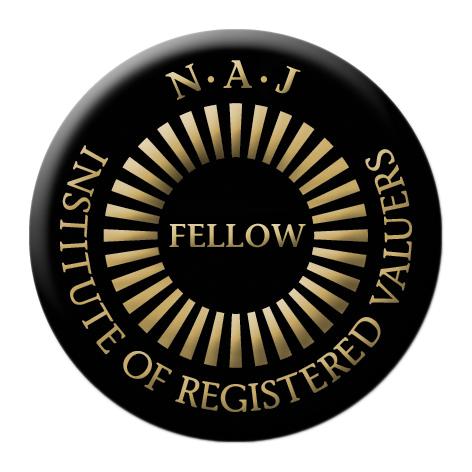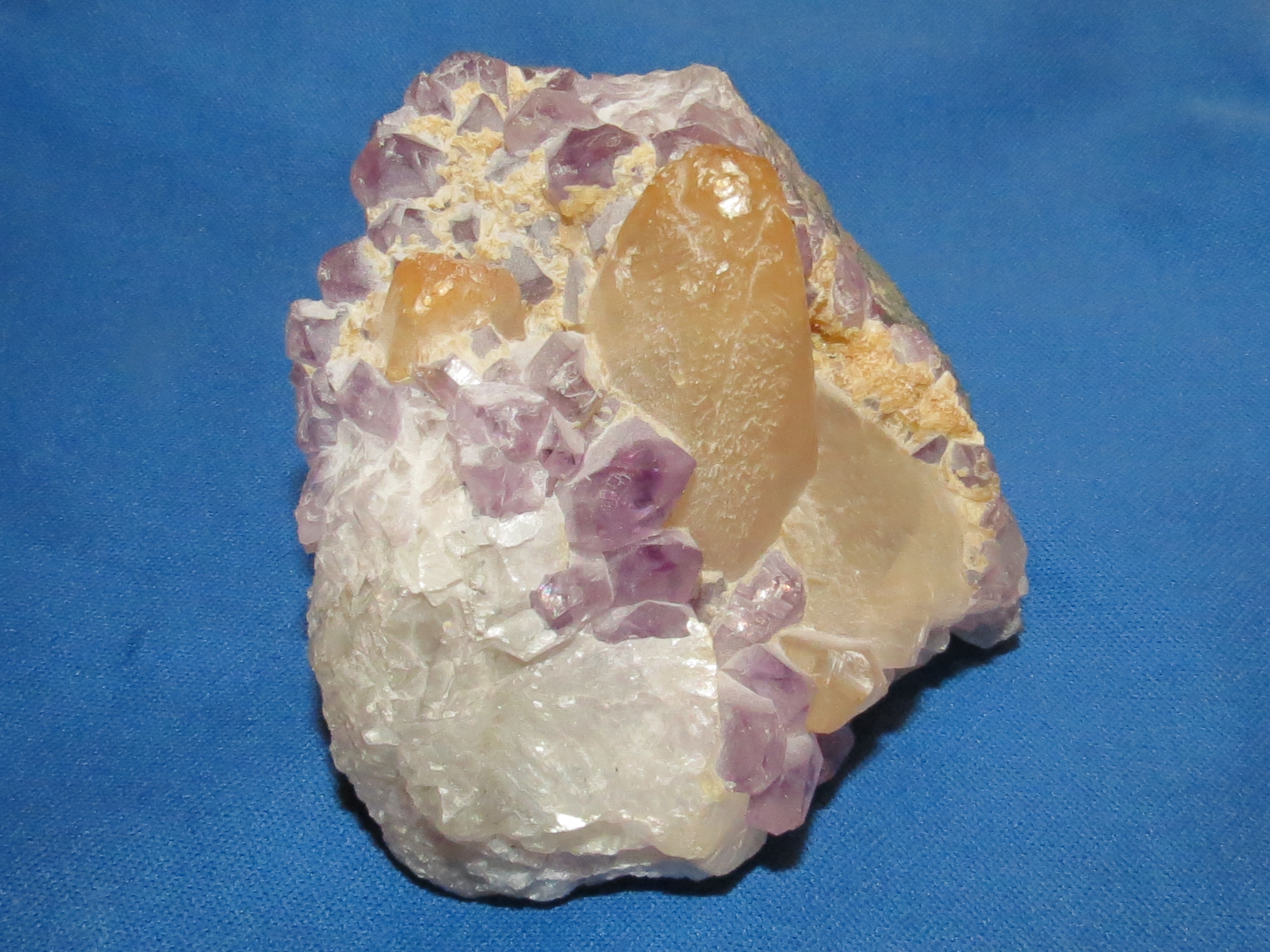Jewellery Valuer
When I hand a client my business card I am often asked what does FGA or FIRV stand for. I thought it useful to explain to my insurance industry connections what the initials mean and what is involved with obtaining them.
PJdip. Professional Jeweller Diploma. This a course run by the National Association of Jewellers and is essentially in two parts. Certificate followed by Diploma. It gives the student a good grounding in all aspects of the jewellery trade. Primarily basic gemstone, precious metal and hallmarking knowledge. Also jewellery history, manufacturing techniques, retail law and valuations.
FGA. Fellow of the Gemmological Association. This course is run by the Gemmological Association of Great Britain.
This begins with the Gemmology Foundation Course; What constitutes a gemstone, how to identify common gem materials confidently, and the properties and uses of certain gem materials. To apply knowledge of gemstone properties to their proper care and commercial use, including gemstone fashioning and use in jewellery. To explain the value and price factors of gemstones. To handle rough, cut and set gem materials, such as diamond, sapphire, ruby and emerald, as well as organics and a range of treated and imitation gem materials.How to use basic gemmological equipment and report accurately on the various observations and results of tests conducted on gemmological specimens.The origin and formation of gemstones and the various stages of the gemstone pipeline.How to compare and contrast features and properties of gem materials, treatments and synthetics to distinguish between gemstones.
On successful completion of the course the next stage is the Diploma in Gemmology. This course builds on the Foundation course: Have a broader knowledge of treatments and synthetic materials, including their production, use, identification and the resulting implications for the gem trade. Consider the ethical, environmental and technological implications and applications of gemmology. Interpret results accurately from advanced gem testing equipment.
Be confident in applying scientific principles and concepts in solving problems relating to gemmology, and to assess the validity, reliability and credibility of scientific information related to gemmology. Learn to demonstrate a logical approach to gem testing, as well as be able to acknowledge limitations and uses of certain tests. The origin and formation of gemstones and the various stages of the gemstone pipeline.
On passing the theory and practical examinations the successful student can apply for the coveted Fellowship of the Gemmological Association.
DGA. Diamond diploma of the Gemmological Association. This composes of theory and practical (diamond grading) courses. Chiefly; To recognize and describe the structure of a diamond and how this relates to its physical and optical properties.The different diamond types and colour mechanisms occurring within diamonds. To recognize and distinguish between natural, treated and synthetic diamonds and to compare and identify a diamond and its simulants.
How to make, record, sketch and communicate reliable and valid observations of rough diamond crystals. The geological processes involved in diamond formation and how occurrence and locality affect the mining and recovery of diamonds.
The cutting of a diamond, including the history of diamond cutting and style.
To describe the diamond grading process, the various systems used and how grading affects the value of a diamond. The ethical, social, economic, environmental and technological implications of the diamond supply chain.
To accurately interpret, explain, evaluate and communicate diamond testing results. On passing the examinations the successful student can apply for Diamond Membership of the Gemmological Association, allowing them to use the initials DGA.
FNAJ. Fellow of the National Association of Jewellers. No course or examination for this. To qualify the jeweller has to demonstrate a continuous period of working within the jewellery trade, to a high professional standard.
FIRV. Fellow of The Institute of Registered Valuers. This is a qualification bestowed by the National Association of Jewellers (formerly the National Association of Goldsmiths). To become a Fellow you must first have been a Member of the Institute (MIRV). To became a MIRV you have had to pass the Professional Jeweller course (or its equivalent) and have a minimum of five years experience in the jewellery trade/industry. Also a gemmological qualification (which must include practical hands-on identification of some kind).
A diamond grading training certificate (which must include practical hands-on grading/assessment of some kind)*.
All applicants will also be required to submit sample valuations.
Once the MIRV criteria has been reached, and have been one for three years, the candidate must produce a continuing professional development plan. They must also obtain a Grade A pass (85%) in the Institute’s monitoring program. On completion the applicant can then qualify for Fellowship. All FIRV’s have to follow a CPD plan and be continually monitored by the Institute.
For further details:
www.jewellers-trainingonline.org/
www.naj.co.uk
www.gem-a.com
Steven Jordan PJdip. FGA. DGA. FNAJ. FIRV
Jewellery valuer





